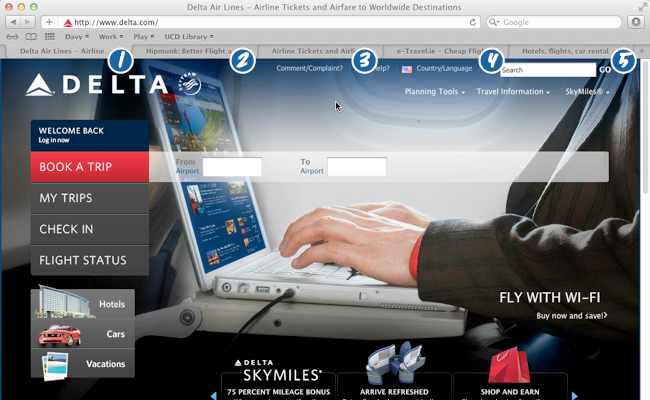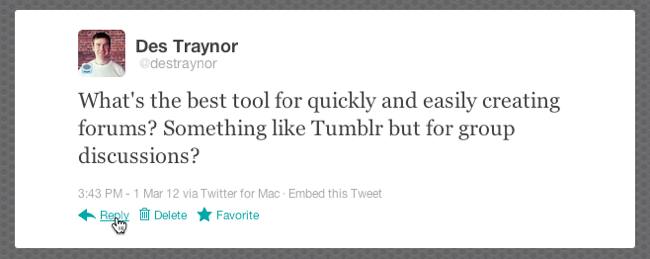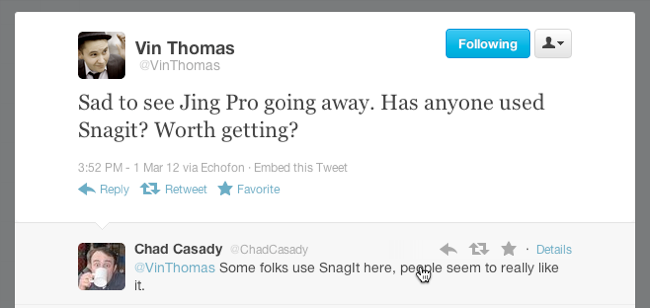The fallacy of funnels
- Fahad H

- Mar 1, 2012
- 2 min read
The funnel is a lousy metaphor for measuring conversion. In real life, funnels let everything pass through–a 100% conversion rate if you will.
A better metaphor would be a sieve, or buckets with holes in them. But my problem with funnels isn’t the metaphor. It’s the mindset.
The funnel ignores how the web works. It presumes that users are dropped into this vacuum from which we control their destiny. If a user didn’t go from step 2 to step 3 then we need to tweak some copy or test new buttons.
To paraphrase Billy Beane: we’re not solving the problem, we’re not even looking at the problem. Let’s see where the funnel breaks…
1. Customers are rarely in just one funnel

This screenshot is from me trying to buy flights from Dublin to Portland. Here I am in 5 different funnels simultaneously, where only one conversion is likely to happen, if any. I’ll do this many times before I get around to purchasing. Today’s abandonment could be next weeks conversion, and in many cases abandonment has nothing to do you with your step 2 and everything to do with your competitors.
2. Customers are connected
It might not be dominant yet, but people have many new ways of finding information about you and your product. The notion that a customer drops from a Google search to your page and makes their decision about sign-up based purely on the data you present on each screen in your flow is batshit.
Here’s two things the funnel doesn’t acknowledge:
Replies Replace Search Results

People trust their network more than strangers and much more than search algorithms. Asking for recommendations on Facebook or Twitter has a higher delay, but will always provide higher quality results that you’re more likely to act on and trust.
Recommendations Replace Search Engine Ranking

When a potential customer does arrive at your homepage, bear in mind that along with researching 5 other products, they’re probably going to do due diligence and ask their network (unless they’re 100% confident in you and your product). One reply that says “buggy product” or “bad customer support” will cause abandonment, and all the A/B tests in the world can’t fix that.
3. Funnels encourage short term thinking
When your only goal is a conversion, as opposed to a happy life-long customer, all sorts of tricks will “help” you along your way.
The thing is that SaaS business model simply doesn’t reward one-off transactions. The App Store model does, hence strategies like ripping off existing apps tend to be common. However, if your plan is to charge $19 every month you simply need long-term loyal customers and A/B testing a sign up process doesn’t offer much insight there.
Tweaking and Local Maxima
Funnel visualizations have merit as a way of optimizing a flow and removing meaningless steps and barriers to sign-up. You quickly hit your local maxima, and the return on tweaking is minimal. It helps to look beyond your website and focus on what your customers are saying about you. Is it good, bad, or worst of all, indifferent. The ROI on happy customers is off the charts. It might seem easier to keep running tests, but deep down you know that what got you here won’t get you any further.








Comments